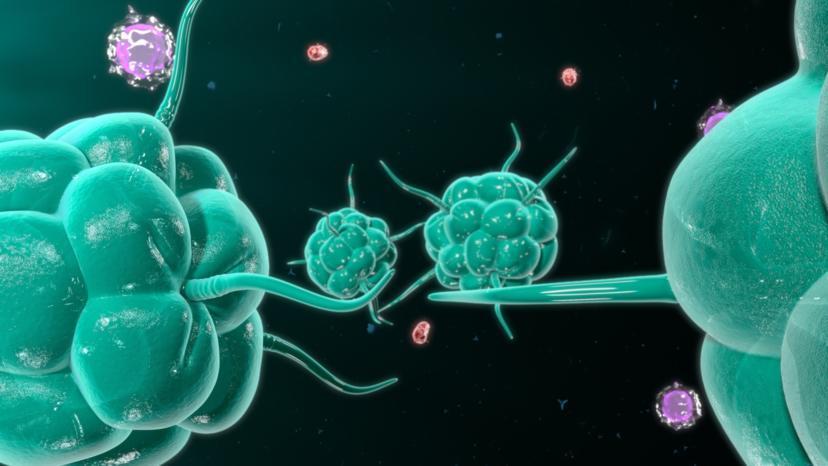Your Immune System: A Look Into the Innate Defenses

Dr. Christine Foutch is a holistic physician practicing in Rock Island, IL. The practice of holistic medicine integrates conventional and alternative therapies to prevent disease, treat disease, and most importantly promote optimal health.
For educational purposes
Resource: Anatomy and Physiology Textbook 6th Edition
Our immune system is more of a functional system rather than a full blown organ-system. What do I mean by that?
A lot of immune cells, most notably the lymphocytes, populate the lymphoid tissues while also circulating within the bodily fluids.
The term "immune system" was once used only for the Adaptive Immune System; however, we now know that although we consider them separate the Innate and the Adaptive Immune Systems, they do work relatively together. In some cases the Innate Defenses alone are able to ward off infection
When the immune system works effectively, it protects the body from most infectious microorganisms cancer cells and, yes, transplanted organs and grafts. It does this by both cellular attack and indirectly by releasing mobilizing chemicals and protective antibody molecules.
We came into this world fully equipped with our Innate Defenses; however, the Innate/Adaptive systems release and recognize many of the same defense molecules.
Innate Defenses
As I have said many times, that lovely coat of yours (your skin) and those mucous membranes are part of the body's first line of defense and quite effective at that, as long as the skin stays intact.
Most cells of the skin are the Keratinocytes. The chief role of these cells is to produce Keratin which creates a formidable physical barrier for most microbes. Keratin is quite resistant to most weak acids and bases. Then there are the mucous membranes, which line the body cavities. The secretions that the membranes produces are highly effective at trapping microbes.
Besides serving as the physical barriers, the skin and the mucous membranes produce a variety of chemicals.
Acid - The acidity of the skin vaginal and stomach secretions, or the acid mantle, inhibits bacterial growth.
Enzymes - The saliva, respiratory mucus, and lacrimal fluid of the eye destroy microbes. Protein-digesting enzymes in the stomach kill off many different microbes.
Mucin - Mucin dissolved in water forms a thick sticky mucus that lines the digestive and respiratory pathways. This mucus traps the microbes with the saliva, washing them out of the mouth and into the stomach where they are digested.
Defensins - The mucous membranes and the skin secrete small amounts of the broad-spectrum anti-microbial peptides, defensins. These help to control bacterial and fungal colonization in exposed areas by many mechanisms such as disruption of the microbial membranes.
Other chemicals - In the skin, some lipids in the sebum and dermcidin secreted by the sweat glands are toxic to bacteria.
Within the respiratory tract, the mucosa has structural modifications that counter potential invaders. Tiny mucus coated hairs inside the nose trap particles, the ciliated cells within the upper respiratory tract. Mucosa trap the inhaled particles/bacteria, sweeping them upward and preventing them from entering the lower respiratory passages.
These surface barriers/defenses are quite effective, but we all know that they are breached every day. When this happens, the microorganisms are able to crawl deeper into the tissues. This is when the internal innate defenses come into play.








